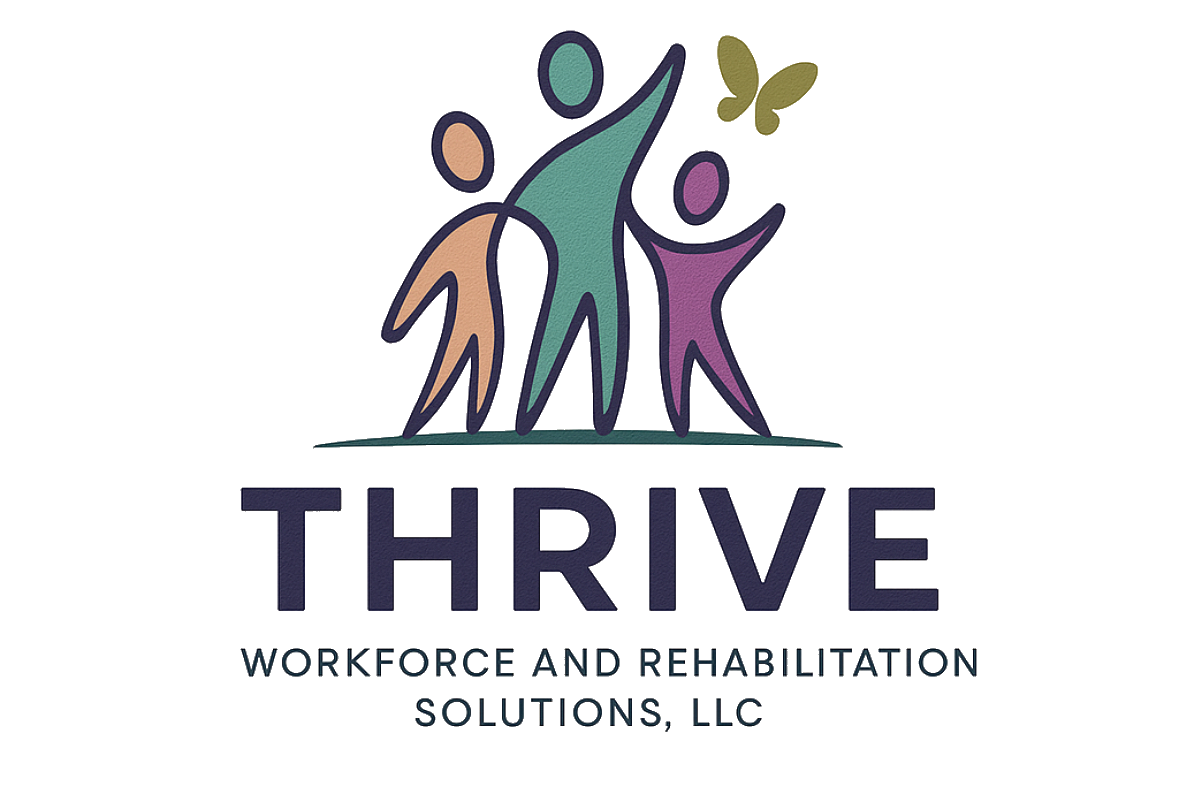The Stigma Around Mental Health in Professional Environments
Despite increasing awareness about mental health, stigma still remains a significant barrier in the workplace. Many employees feel ashamed or afraid to disclose mental health struggles for fear of discrimination, judgment, or negative consequences on their careers. In fact, a survey by Mind found that 1 in 6 workers experience mental health problems like stress, anxiety, or depression, but a large number do not feel comfortable seeking support.
This stigma prevents many from getting the help they need, leading to higher rates of burnout, absenteeism, and reduced productivity. As we continue to push for greater inclusivity in the workplace, it’s crucial that we address mental health stigma head-on.
Why Mental Health Awareness Matters in the Workplace
Mental health issues can impact anyone, regardless of their role or industry. When employees experience mental health challenges, it can affect their concentration, decision-making, relationships with colleagues, and overall job satisfaction. Workplace mental health is not just about supporting employees in crisis—it’s about creating a culture where everyone feels safe and valued.
Organizations that prioritize mental health awareness and inclusion are more likely to experience:
- Improved employee wellbeing and retention.
- Enhanced workplace culture, with trust and empathy at its core.
- Increased productivity, as employees are better able to focus and contribute.
- A more diverse and inclusive work environment, where everyone has an equal opportunity to thrive.
Steps Employers Can Take to Break the Stigma
Employers play a critical role in shaping how mental health is perceived within their organization. Here are several ways businesses can support mental health and reduce stigma:
- Promote Open Dialogue
Create a culture where talking about mental health is as natural as discussing physical health. Encourage regular check-ins, host awareness campaigns, and provide resources that normalize the conversation around mental health. - Provide Training for Managers and Supervisors
Equip leadership teams with the knowledge to recognize early signs of mental health struggles, offer support, and approach conversations with empathy. Mental health first aid training can be a valuable tool for managers to understand how to respond to employees in distress. - Offer Employee Assistance Programs (EAPs)
EAPs provide employees with confidential counseling and support services for mental health issues, work-life balance, financial stress, and more. Access to these services without fear of judgment can encourage employees to seek help. - Foster Work-Life Balance
Ensure that workloads are manageable and that employees feel they have time to recharge. Encourage flexibility, whether through remote work, flexible hours, or well-being initiatives like wellness breaks or mental health days. - Create Supportive Workspaces
Incorporate quiet rooms, spaces for relaxation, and healthy, stress-reducing activities into the workplace to give employees opportunities to decompress and focus on their well-being.
Moving Towards a Mentally Healthy Workplace
By addressing mental health stigma, organizations can create a workplace where employees feel empowered to be their authentic selves. It starts with leading by example—whether it’s from the top leadership or peers encouraging support—and extending understanding and compassion to all employees.





6 thoughts on “Breaking the Stigma: Mental Health in the Workplace”
https://shorturl.fm/1hAEk
https://shorturl.fm/7oJpr
https://shorturl.fm/upEfy
https://shorturl.fm/FtmZf
https://shorturl.fm/d7E8Z
https://shorturl.fm/6cijl